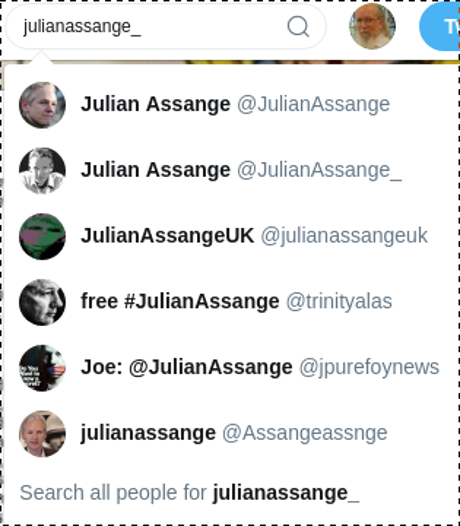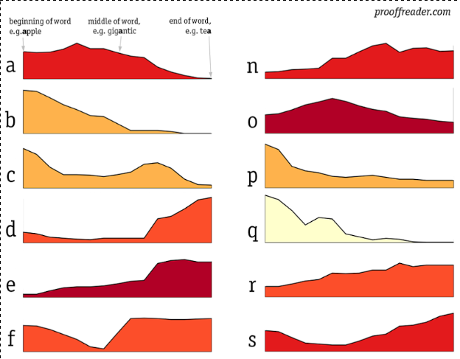Cutbacks on editors/fact-checking at the New York Times came at an unfortunate time for Marc Dacosta‘s first OpEd, The President Wants to Keep Us in the Dark (New York Times, 28 June 2017).
DaCosta decries the lack of TV cameras at several recent White House press briefings. Any proof the lack of TV cameras altered the information available to reporters covering the briefings? Here’s DaCosta on that point:
…
But the truth is that the decision to prevent the press secretary’s comments on the day’s most pressing matters from being televised is an affront to the spirit of an open and participatory government. It’s especially chilling in a country governed by a Constitution whose very First Amendment protects the freedom of the press.
Unfortunately, the slow death of the daily press briefing is only part of a larger assault by the Trump administration on a precious public resource: information.
…
DaCosta’s implied answer is no, a lack of TV cameras resulted in no diminishing of information from the press conference. But, his hyperbole gland kicks in, then he cites disjointed events claimed to diminish public access to information.
For example, Trump’s non-publication of visitor records:
…
Immediately after Mr. Trump took office, the administration stopped publishing daily White House visitor records, reversing a practice established by President Obama detailing the six million appointments he and administration officials took at the White House during his eight years in office. Who is Mr. Trump meeting with today? What about Mr. Bannon? Good luck finding out.
…
Really? Mark J. Rozell summarizes the “detailing the six million appointments he and administration officials took…” this way:
…
Obama’s action clearly violated his own pledge of transparency and an outpouring of criticism of his action somewhat made a difference. He later reversed his position when he announced that indeed the White House visitor logs would be made public after all.
Unfortunately, the president decided only to release lengthy lists of names, with no mention of the purpose of White House visits or even differentiation between tourists and people consulted on policy development.
This action enabled the Obama White House to appear to be promoting openness while providing no substantively useful information. If the visitor log listed “Michael Jordan,” there was no way to tell if the basketball great or a same-named industry lobbyist was the person at the White House that day and the layers of inquiry required to get that information were onerous. But largely because the president had appeared to have reversed himself in reaction to criticism for lack of transparency, the controversy died down, though it should not have.
Much of the current reaction to President Trump’s decision has contrasted that with the action of his predecessor, and claimed that Obama had set the proper standard by opening the books. The reality is different though, as Obama’s action set no standard at all for transparency.
…(Trump should open White House visitor logs, but don’t flatter Obama, The Hill, 18 April 2017)
That last line on White House visitor records under Obama is worth repeating:
The reality is different though, as Obama’s action set no standard at all for transparency.
Obama-style opaqueness would not answer the questions:
Who is Mr. Trump meeting with today? What about Mr. Bannon? [Questions by DaCosta.]
A fact-checker and/or editor at the New York Times knew that answer (hint to NYT management).
Even more disappointing is the failure of DaCosta, as the co-founder of Engima, to bring any data to a claim that White House press briefings are of value.
One way to test the value of White House press briefings is to extract the “facts” announced during the briefing and compare those to media reports in the prior twenty-four hours.
If DaCosta thought of such a test, the reason it went unperformed isn’t hard to guess:
…
The Senate had just released details of a health care plan that would deprive 22 million Americans of health insurance, and President Trump announced that he did not, as he had previously hinted, surreptitiously record his conversations with James Comey, the former F.B.I. director.
… (DaCosta)
First, a presidential press briefing isn’t an organ for the US Senate and second, Trump had already tweeted the news about not recording his conversations with James Comey. None of those “facts” broke at the presidential press briefing.
DaCosta is 0 for 2 for new facts at that press conference.
I offer no defense for the current administration’s lack of transparency, but fact-free and factually wrong claims against it don’t advance DaCosta’s cause:
…
Differences of belief and opinion are inseparable from the democratic process, but when the facts are in dispute or, worse, erased altogether, public debate risks breaking down. To have a free and democratic society we all need a common and shared context of facts to draw from. Facts or data will themselves never solve any problem. But without them, finding solutions to our common problems is impossible.
…
We should all expect better of President Trump, the New York Times and Marc DaCosta (@marc_dacosta).




